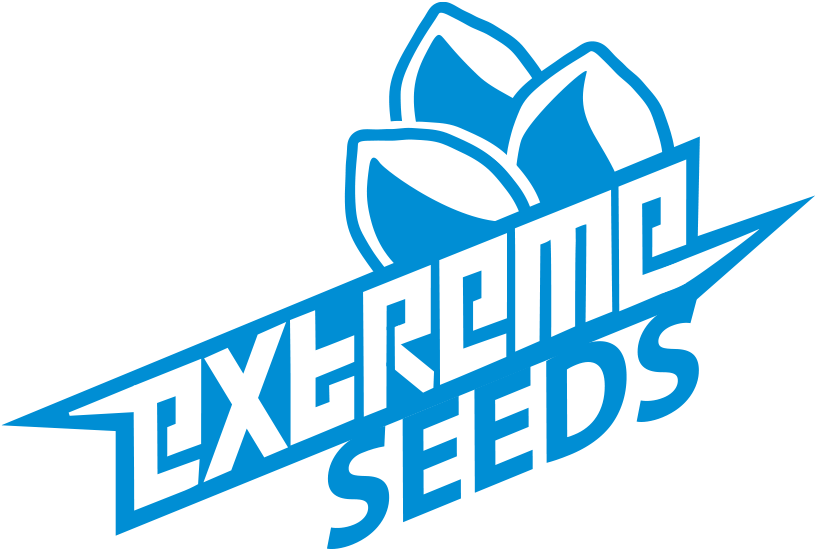There seems to be nothing in your cart.
Didn't find what you were looking for? Contact our consultant.
To save your shopping cart until your next visit, create an account or login .
Browse our Hits sales

 +995 557 774 420
+995 557 774 420

There seems to be nothing in your cart.
Didn't find what you were looking for? Contact our consultant.
To save your shopping cart until your next visit, create an account or login .
Browse our Hits sales
There seems to be nothing in your cart.
Didn't find what you were looking for? Contact our consultant.
To save your shopping cart until your next visit, create an account or login .
Browse our Hits sales

The cannabis plant has been used by humans for various purposes for several thousand years. It is characterized by its unique medicinal and recreational properties. There are three varieties: indica, sativa, ruderalis. Subspecies have a number of differences. In modern times, varieties, especially commercial varieties, are mostly hybrids with different ratios of these genetics.
Sativa is often referred to as strains with 70-80% sativa genetics or more. Indica, respectively, are those in which indica genetics predominate. Ruderalis is of little interest in this context, as it is used much less frequently, mostly for the sole purpose of adding a unique autoflowering property to a variety.

Despite the hybrid origin of the majority of modern strains, there are also landraces - “pure” varieties that have 100% indica or sativa genetics. They were formed under the influence of the natural conditions of the ecosystem that gave rise to a particular landrace.
A considerable number of them have been brought to their present-day habitat by mankind. The original habitat of hemp is relatively modest. The plant was distributed in some areas of central Asia and the Middle East. Today, the plant's range covers the entire planet; cannabis has never grown except in Antarctica. However, there is no one hundred percent certainty here; some polar scientists may have tried their best to grow a bush or two in the harshest and most extreme indore.
Landraces help breeders create new, unique strains of marijuana, which is something they started doing relatively recently. This practice became widespread only a few decades ago. If we consider the history of the relationship between humans and cannabis, the modern abundance of varieties appeared literally in the last 1% of this timeline.
It is to the landraisers and breeders that we owe the current variety of strains for every taste. Breeders traveled, exploring different countries, looking for new and unique landraces. Then new hybrids were created, and the skill of breeding grew over the years. A study by the University of Mississippi found that modern cannabis varieties have more than ten times the THC content of the marijuana Americans smoked in the 60s.

The main differences between sativa varieties are as follows:
Indica strains and landraces differ from sativa strains in almost every parameter of the above list. Indica hemp, as the name hints, comes primarily from India and Pakistan. More specifically, from the region of the Hindu Kush mountain system. “Kush” in the names of many indica-dominant varieties is a reference to the historical homeland. Due to the harsh mountain climate, indica is more hardy and resilient in conditions that can destroy sativa.
Hence the characteristic appearance of the bushes. The short, stoutly bunched plants with short internodes are covered with broad leaves compared to sativa. The height rarely exceeds a meter; the most compact strains are always dominated by indica genetics. Indica cones are on average more resinous, dense.
The effects of indica are sedative, it brings bodily and mental relaxation. Some people do not like the effects of indica, complaining of drowsiness and “couch-locking”, while others prefer the wave of powerful relaxation to the sativa euphoria.
Indica also has tremendous potential in medicine. Everything you've read about the use of cannabis in the treatment of all sorts of diseases, in 95% of cases, refers specifically to indica-dominant varieties with higher CBD.
Sativa and indica don't have much in common, but there are hybrids where the gene ratio is 50:50 or 60:40. Such varieties combine the different properties of the effect and appearance of the two subspecies in a bizarre way, only the skills and imagination of the breeder limit the final result of such crosses.
